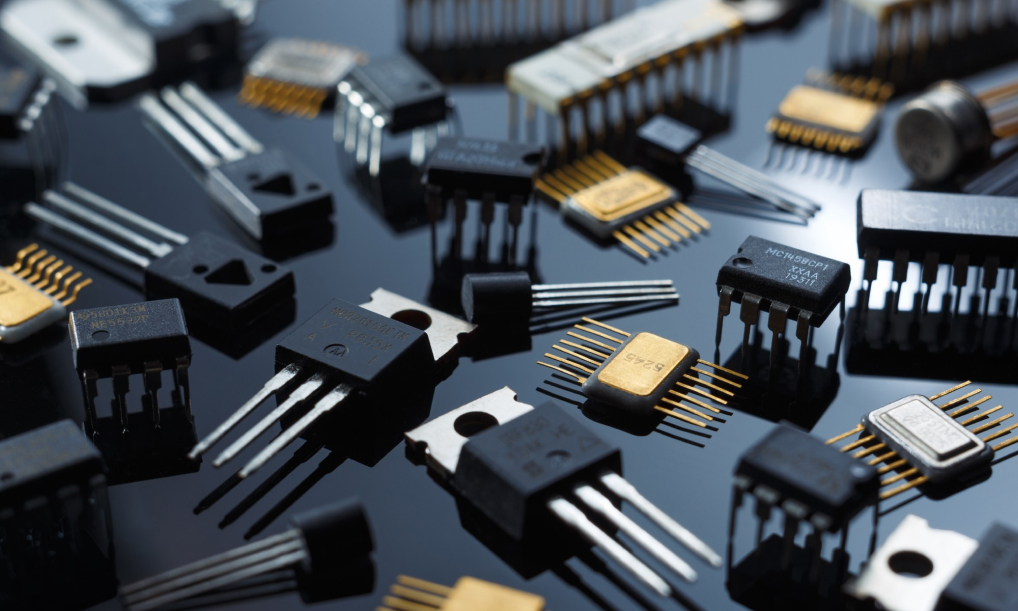Scientists Create Transistors with Sliding Ferroelectricity Utilizing Polarity-Switchable Molybdenum Disulfide

The article was written on December 23, 2023 and reviewed diligently as per the editorial process followed by Science X to ensure factual accuracy and content credibility.
The contribution of the editors towards fact-checking, reviewing by peers, sourcing from trusted resources and proofreading has been acknowledged. Authored by Ingrid Fadelli, this article is featured in Phys.org.
Throughout the recent years, experts have been investigating alternate hardware designs that would enable a single device to carry out computations as well as store data. Electronic devices named as computing-in-memory, which are being developed, have numerous advantages including faster speed and increased data analysis capacity.
To store data securely while maintaining low power consumption, the devices should be built on ferroelectric materials that have advantageous properties and can be proportionately scaled down in terms of thickness. Two-dimensional (2D) semiconductors proving a "sliding ferroelectricity" property have been identified as potential candidates to realize computing-in-memory, though achieving the required switchable electric polarization in these materials may be challenging.
A team of researchers from National Taiwan Normal University, Taiwan Semiconductor Research Institute, National Yang Ming Chiao Tung University and National Cheng Kung University have recently devised an effective strategy to get a switchable electric polarization in molybdenum disulfide (MoS2). With this method presented in a paper in Nature Electronics, the researchers were able to bring forth promising ferroelectric transistors for applications in computing-in-memory.
During the study, Tilo H Yang, who co-authored the paper, stated that parallel-distributed domain boundaries were accidentally discovered in their MoS2 flakes around the time when the experimental confirmation of sliding ferroelectricity in 2D materials was reported. This discovery prompted them to ponder whether domain-boundary-rich MoS2 can be used for the development of ferroelectric memory.
Yang and his team primarily aimed to identify a feasible method to directly synthesize epitaxial MoS2 with sliding ferroelectricity. The fabrication strategy they identified eventually facilitated them to produce promising new ferroelectric transistors with beneficial characteristics.
Yang explained the crucial stage of their ferroelectric transistor fabrication is setting up the 3R-MoS2 channel into a switchable ferroelectric material during the chemical vapor deposition (CVD) growth process. The formation of domain boundaries in 3R-MoS2 films should be present for the ability to switch polarized domains; however, most epitaxial 3R MoS2 films lack this prominence.
The researchers conducted initial tests on their ferroelectric transistors and found that they performed quite well. They showed an average memory window of 7V with an applied voltage of 10V, retention times above 104 seconds, and endurance greater than 104 cycles, thereby showing their potential for computing-in-memory applications.
Yang revealed that their ferroelectric semiconductor transistors have non-volatility, reprogrammability, and low switching fields sliding ferroelectricity, thanks to shear transformation-induced dislocations in their 3R MoS2 film. With a thickness of approximately two atomic layers, the device has the potential to fit into the requirements of state-of-the-art CMOS technology, for instance, sub-3 nm nodes.
In the time to come, the fabrication strategy suggested by Yang and his team could be utilized to synthesize other promising semiconducting materials with 2D sliding ferroelectricity. These materials could then be employed in creating new, high-performance computing-in-memory devices, thereby contributing to the future progress of electronics.
Yang and Yann-Wen Lan opine that their work proved the switching ability of epitaxial sliding ferroelectric materials and its applicability in terms of memory. The epitaxial films are very promising for the development of large-scale, high-throughput memory devices and with a better understanding of the relationship between switching mechanisms and domain microstructures, they are moving forward towards developing a high switching-speed and long-retention memory.
The information was published in the Journal 'Nature Electronics'.
© 2023 Science X Network




